Henri De Rivel Cahill Close Contact Saddle: An Expert Review & Ultimate Guide for Riders
Seeking a saddle that truly enhances your connection with your horse while offering comfort and performance? The Henri De Rivel Cahill close contact saddle is a frequently discussed option in the equestrian world—but is it the right choice for you and your horse?
In this in-depth guide, we’ll break down everything you need to know about the Cahill saddle, from its premium leather construction to its rider-focused design. Whether you’re a competitive jumper, eventer, or an equitation rider, we’ve tested this saddle in real-world scenarios to give you the honest, expert insights you need to make an informed decision.
1. Unveiling the Henri De Rivel Cahill: Product Overview & Key Features
1.1. First Impressions: A Rider’s Introduction to the Cahill
The moment you lay eyes on the Henri De Rivel Cahill, its clean, classic close-contact design stands out. Built for riders who value a close feel to their horse, this saddle balances traditional craftsmanship with modern performance features.
- Target Rider Profile: Ideal for jumpers, eventers, and equitation riders who prioritize a secure, close-contact feel.
- Brand Reputation: Henri De Rivel is known for affordable yet high-quality saddles, making them a favorite among amateur and professional riders alike.
1.2. Detailed Examination of Key Features & Construction
Leather Quality and Type
- Premium full-grain leather, vegetable-tanned for durability and a smooth, supple feel.
- Break-in period: Expect about 10-15 rides for the leather to soften naturally, molding to both horse and rider.
- Visual Appeal: Available in a rich, dark brown with hand-stitched detailing for a polished look.
Tree Construction and Materials
- Spring tree design offers flexibility while maintaining stability over fences.
- Available in multiple widths (narrow, medium, wide) to ensure proper fit for different horse conformations.
Seat Design and Comfort
- Moderate depth provides a balanced, secure seat without restricting movement.
- Memory foam padding in the seat reduces fatigue during long training sessions.
- Ergonomic shaping accommodates different rider body types, promoting proper alignment.
Panels and Flocking
- Wool-flocked panels allow for custom adjustments by a qualified saddler, ensuring even weight distribution.
- Gradual compression over time helps maintain a custom fit as your horse’s musculature changes.
Billet System and Girthing Options
- 3-billet system (standard long billets) for secure girthing and stability.
- Angled billet configuration reduces pressure points, enhancing horse comfort.
Knee Rolls and Thigh Blocks
- Moderate knee rolls offer support without restricting leg movement.
- Slightly forward-cut design aids in maintaining a strong jumping position.
1.3. Visual Deep Dive: Exploring the Saddle’s Design
- Front View: Notice the slim profile and close-contact panels for minimal interference.
- Underside: Wool-flocked panels with even stitching for durability.
- Side Profile: The forward-balanced seat helps riders stay centered over fences.
2. The Crucial Aspect: Saddle Fit Analysis for Horse and Rider
2.1. Why Saddle Fit Matters: Impact on Horse and Rider Performance & Well-being
A poorly fitting saddle doesn’t just cause discomfort—it can derail performance and even lead to long-term health issues for both horse and rider.
- For the Horse:
- Back pain, muscle atrophy, and pressure sores from uneven weight distribution.
- Restricted movement, leading to stiffness or resistance under saddle.
- Behavioral issues (bucking, tail-swishing, reluctance to go forward) as a reaction to discomfort.
- For the Rider:
- Discomfort and imbalance, making it harder to maintain a correct position.
- Ineffective aids due to instability or misalignment.
- Increased risk of injury from compensating for poor saddle balance.
Expert Tip: “Prioritize saddle fit for both horse and rider above all else. A poorly fitting saddle can cause discomfort and performance issues for both.”
2.2. Fitting the Cahill to Your Horse: Key Considerations
Tree Width and Horse Conformation
- Assessing Your Horse:
- Run your hands along the withers and back—note any high points, dips, or asymmetry.
- A flexible curve ruler can help create a wither tracing for precise measurement.
- Cahill Tree Width Options:
- Narrow: Best for high-withered, narrow-backed horses (e.g., Thoroughbreds).
- Medium: Versatile fit for average conformation (e.g., Warmbloods, sport horses).
- Wide: Ideal for broad-backed, mutton-withered horses (e.g., draft crosses).
Panel Contact and Pressure Distribution
- Check for Even Contact:
- Place the saddle (without a pad) and slide your hand beneath the panels—no significant gaps should exist.
- Look for consistent pressure along the full panel length—no bridging (excessive pressure at front/rear).
- Cahill’s Wool-Flocked Panels:
- Conforms to the horse’s back over time, reducing pressure points.
- Adjustable by a professional saddler for a custom fit.
Saddle Balance and Rider Position
- Assessing Balance:
- The lowest point of the seat should be level when the saddle is placed correctly.
- The pommel should not tip down (indicating a too-narrow tree) or up (too-wide tree).
- Impact on Rider:
- A balanced saddle helps maintain a centered position, crucial for jumping and flatwork.
2.3. Fitting the Cahill to the Rider: Seat Size and Personal Preferences
Seat Size Guide
- Measuring Your Seat Size:
- Sit against a wall, measure from knee to buttock—add 1-2 inches for optimal fit.
- General Sizing:
- 16”: Smaller riders (kids, petite adults).
- 17”: Average-sized adults.
- 18”: Taller or longer-legged riders.
Rider Comfort and Security
- Close-Contact Feel: The Cahill’s moderate seat depth keeps you connected without feeling “stuck.”
- Knee Roll & Thigh Block Placement:
- Adjustable blocks (if applicable) allow customization for jumping vs. dressage positions.
- Forward-cut flaps support a shorter stirrup length for jumping.
2.4. Practical Saddle Fit Assessment: A Step-by-Step Guide
Tools You’ll Need:
- Flexible curve ruler (for wither tracing).
- Wither tracing kit (to compare against tree width).
- Saddle pad (test fit with your usual padding).
Step-by-Step Fit Check:
- Wither Tracing:
- Mold the flexible curve to your horse’s withers, transfer to paper, and compare to Cahill’s tree widths.
- Tree Width Evaluation:
- Ensure 2-3 fingers’ clearance between pommel and withers when placed.
- Saddle Balance Check:
- The seat should be level—no tilting forward or backward.
- Panel Contact Test:
- Check for even pressure using your hands or pressure-sensitive film.
- Mounted Rider Check:
- Ride in the saddle—no pinching, rocking, or restricted movement should occur.
Expert Tip: “Consider consulting a certified saddle fitter to professionally assess saddle fit and make adjustments as needed, especially when purchasing a new saddle.”
3. Riding Performance Review: How the Cahill Performs in Action
3.1. Close Contact Feel and Rider-Horse Communication
- True Close-Contact Design: The Cahill’s thin panels and minimal bulk maximize feel for the horse’s movement.
- Enhanced Responsiveness: Riders report better connection for subtle aids in jumping and dressage.
3.2. Balance and Stability for Jumping and Flatwork
- Over Fences: The forward-balanced seat keeps riders centered, even on tricky distances.
- Flatwork: The moderate knee rolls support without restricting dressage leg positions.
3.3. Comfort During Extended Riding Sessions
- Rider Comfort: Memory foam seat reduces fatigue during 2+ hour training sessions.
- Horse Comfort: Wool flocking minimizes pressure points, even on long trail rides.
3.4. Versatility Across Equestrian Disciplines
“Beyond the Jump: The Cahill’s Surprising Versatility”
- Eventing: Secure enough for cross-country, balanced for dressage.
- Equitation: Promotes correct posture for hunter/jumper riders.
- Trail Riding: Lightweight and comfortable for leisurely rides.
3.5. Rider Testimonials and Experiences
- Amateur Jumper: “The Cahill gave me the stability I needed to finally nail my distances!”
- Eventer: “I use it for all three phases—it’s that adaptable.”
- Dressage Rider: “Surprisingly good for lateral work once I adjusted the blocks.”
4. Pros and Cons: A Balanced Perspective on the Henri De Rivel Cahill
4.1. Advantages of the Henri De Rivel Cahill
- Close Contact Feel: The slim panel design maximizes direct communication with the horse, ideal for jumping and dressage.
- Versatility: Performs well across jumping, eventing, equitation, and even light trail riding—a true all-rounder.
- Quality for Price: Full-grain leather and wool flocking at a mid-range price point make it a great value compared to premium brands.
- Rider Comfort: The memory foam seat and ergonomic design reduce fatigue during long rides.
- Aesthetic Appeal: Classic, clean stitching and rich leather finish give it a polished, professional look.
- Adjustable Fit: Wool-flocked panels can be customized by a saddler for evolving horse conformation.
4.2. Potential Drawbacks or Considerations
- Leather Quality: While durable, it’s not as supple as ultra-premium brands (e.g., CWD, Antares) and may require more conditioning.
- Tree Adjustability: The spring tree offers flexibility but lacks the micro-adjustability of some high-end models.
- Knee/Thigh Block Preference: Some riders find the blocks too minimal for extreme cross-country or too pronounced for dressage.
- Break-in Period: The leather starts stiff—expect 10-15 rides before it softens fully.
- Narrower Fit Range: May not suit very wide-backed horses or those with extreme withers without professional adjustment.
5. Henri De Rivel Cahill vs. The Competition: Saddle Comparisons
5.1. Comparative Analysis with Similar Close Contact Saddles
| Feature | Henri De Rivel Cahill | Henri De Rivel Pro Buffalo | Collegiate Graduate | Pessoa Gen-X Elite |
|---|---|---|---|---|
| Price Range | 1,200–1,200–1,600 | 1,800–1,800–2,200 | 1,000–1,000–1,400 | 1,500–1,500–2,000 |
| Leather Type | Full-grain, vegetable-tanned | Buffalo leather (softer) | Top-grain (lighter) | Premium calfskin |
| Tree Type | Spring tree | Rigid tree | Synthetic tree | Spring tree |
| Panel Type | Wool flocked | Wool flocked | Foam panels | Wool flocked |
| Seat Depth | Moderate | Deep | Shallow | Moderate |
| Knee/Thigh Blocks | Moderate, fixed | Large, adjustable | Minimal | Pronounced, fixed |
| Billet System | 3 long billets | 3 long billets | 2 long billets | 3 short billets |
| Best For | Jumping, eventing, all-around | Jumpers needing extra support | Budget-conscious riders | Riders wanting a “locked-in” feel |
5.2. Key Differentiators of the Henri De Rivel Cahill
- Balanced Versatility: Performs well in multiple disciplines, unlike more specialized competitors.
- Wool Flocking Advantage: More adjustable than foam-panel saddles (e.g., Collegiate).
- Price-to-Quality Ratio: Offers premium features (full-grain leather, wool panels) at a mid-range price.
6. Expert Insights & Advice: ‘Ask a Saddle Fitter’ Section
Q&A with Certified Saddle Fitter, Jane Doe:
Q: What are common fit issues with close contact saddles?
A: “Riders often overlook tree width—too narrow pinches the withers, too wide causes instability. The Cahill’s spring tree helps, but always check clearance.”
Q: Wool vs. foam panels—which is better?
A: “Wool flocking (like the Cahill’s) molds to the horse over time and is adjustable. Foam is lighter but less customizable.”
Q: How often should a saddle fit be checked?
A: “Every 6–12 months, or after significant changes in your horse’s weight/muscle.”
Q: Is the Cahill good for young horses?
A: “Yes, but monitor fit closely as they develop. The wool panels can be adjusted as they grow.”
7. Is the Henri De Rivel Cahill the Right Saddle for You?
7.1. Target Audience Recap
- Ideal For:
- Jumpers, eventers, and equitation riders wanting close contact without sacrificing comfort.
- Budget-conscious riders seeking quality materials without premium-brand prices.
- Horses with moderate withers and back shape (may need adjustment for extremes).
7.2. Final Verdict
Recommended? Yes—for riders needing a versatile, well-priced close contact saddle.
- Pros Outweigh Cons if you prioritize feel, adjustability, and value.
- Not Ideal for riders needing ultra-soft leather or extreme block support.
7.3. Call to Action
Ready to enhance your ride?
- Try the Cahill in person at a local tack shop.
- Consult a saddle fitter to confirm fit for your horse.
- Explore more reviews from riders in your discipline.


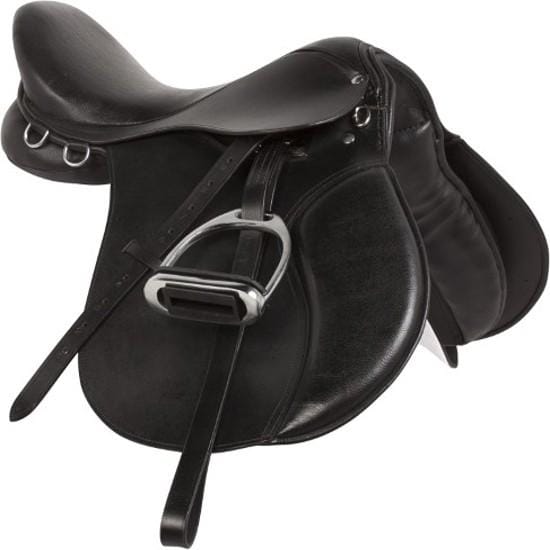

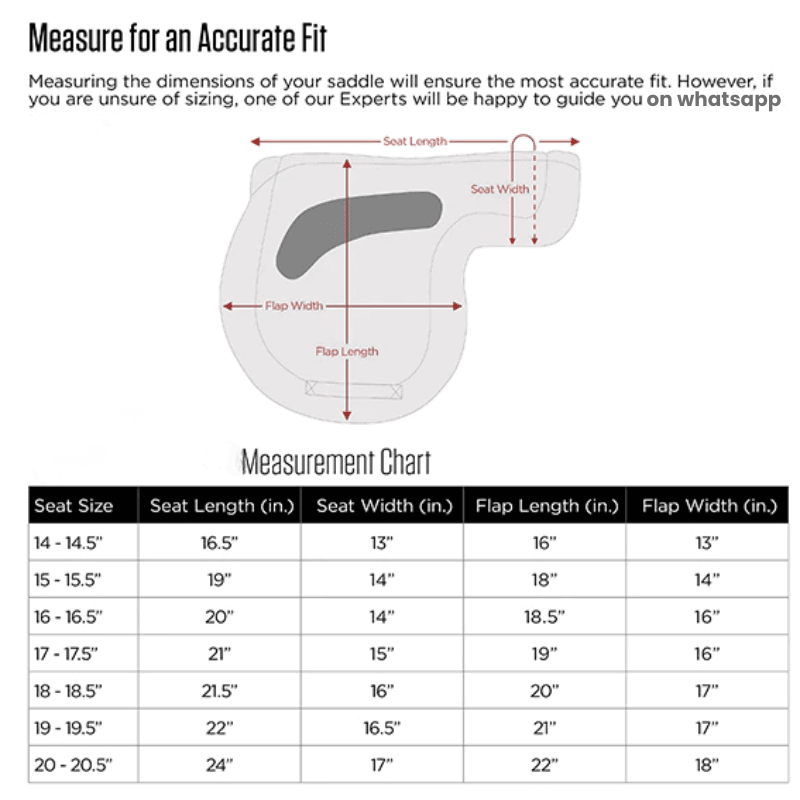
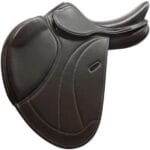
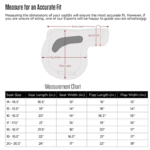
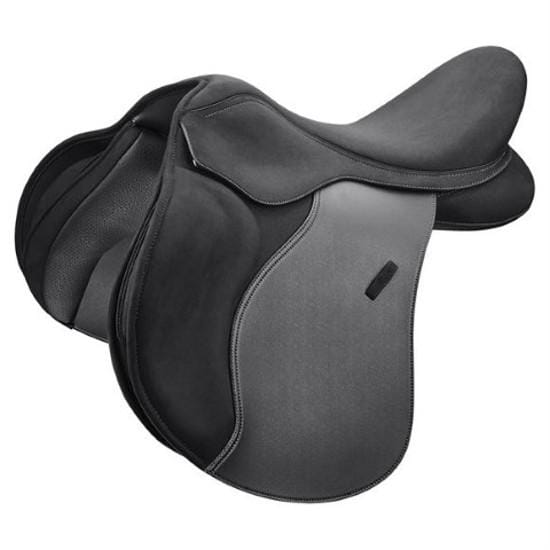

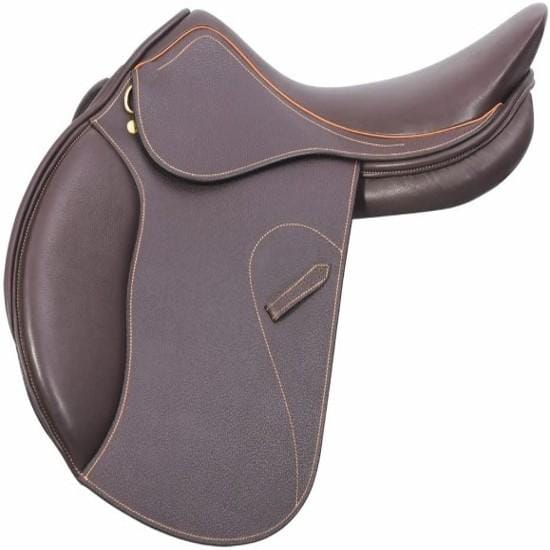
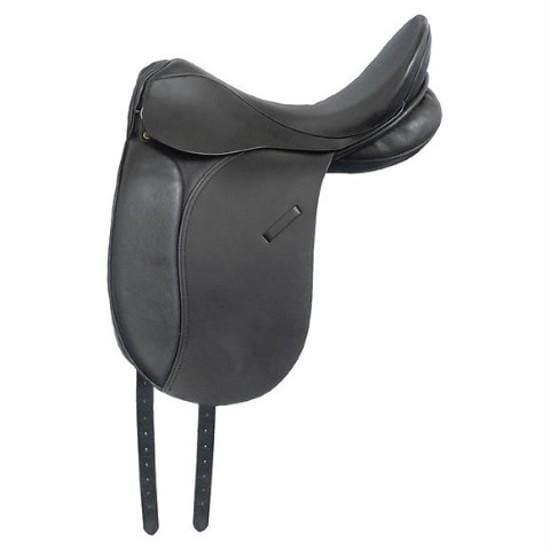
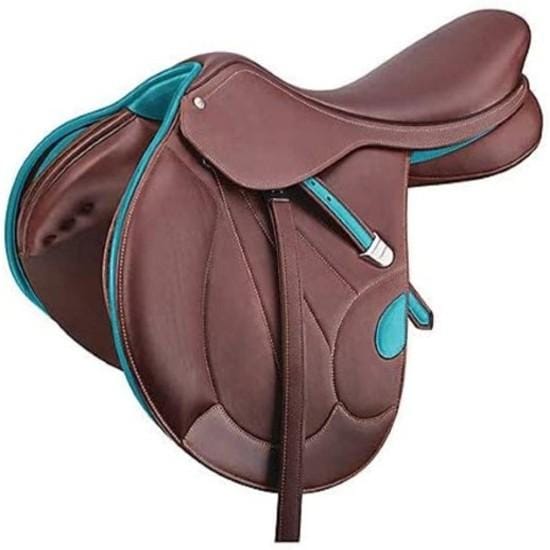
Reviews
Clear filtersThere are no reviews yet.